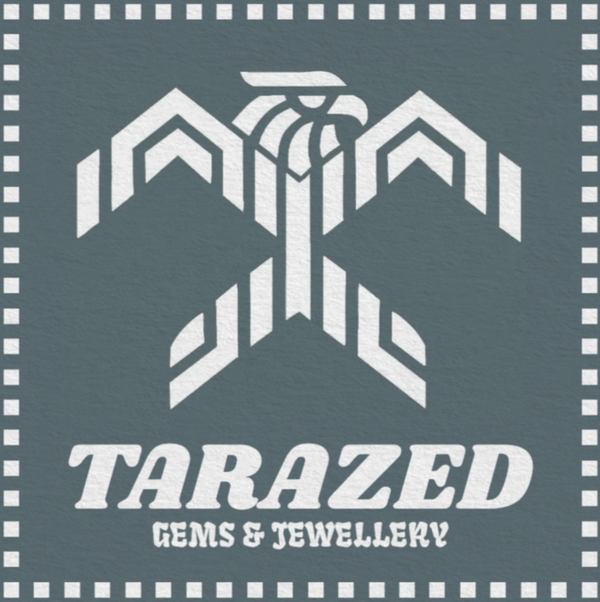Tarazed Gems & Jewellery
Guatemala Jade Coins (Ping An Kou / 平安口)
Guatemala Jade Coins (Ping An Kou / 平安口)
Couldn't load pickup availability
Guatemala Jade Coins "Ping An Kou"
Mineral: Jade var. Jadeite
Origin: Motagua Valley, Guatemala
Color: Bluish Green
Treatment: None
10% of this purchase will be donated to The Rainforest Foundation US
#1:
Approximate dimensions: 1.2cm x 0.5cm
Weight: 1g
#2:
Approximate dimensions: 1.5 cm x 0.5cm
Weight: 1g
#3:
Approximate dimensions: 1.5cm x 0.5cm
Weight: 1g
#4:
Approximate dimensions: 1.6cm x 0.5cm
Weight: 1g
#5:
Approximate dimensions: 1.5cm x 0.4cm
Weight: 1g
#6:
Approximate dimensions: 1.5cm x 0.4cm
Weight: 1g
#7:
Approximate dimensions: 1.5cm x 0.5cm
Weight: 1g
#8:
Approximate dimensions: 1.5cm x 0.5cm
Weight: 1g
#9:
Approximate dimensions: 1.6cm x 0.6cm
Weight: 1g
#10:
Approximate dimensions: 1.6cm x 0.6cm
Weight: 1g
#11:
Approximate dimensions: 1cm x 0.6cm
Weight: 1g
#12:
Approximate dimensions: 1.6cm x 0.4cm
Weight: 1g
#13:
Approximate dimensions: 1.5cm x 0.6cm
Weight: 1g
#14:
Approximate dimensions: 1.6cm x 0.5cm
Weight: 1g
#15:
Approximate dimensions: 1.5cm x 0.5cm
Weight: 1g
#16:
Approximate dimensions: 1.5cm x 0.7cm
Weight: 1g
#17:
Approximate dimensions: 1.6cm x 0.5cm
Weight: 1g
#18:
Approximate dimensions: 1.5cm x 0.7cm
Weight: 1g
Guatemala jade is a rare gem material that comes in many different colors. This jade was prevalent in the ancient Mesoamerican culture, however, its sources were lost for five centuries. It was rediscovered less than 50 years ago.
Nephrite jade has its cultural roots in the smoke-dimmed caves and huts that sheltered prehistoric humans. In China, Europe, and elsewhere around the world, Stone Age workers shaped this toughest of minerals into weapons, tools, ornaments, and ritual objects. Their carvings invoked the powers of heaven and earth and mystic forces of life and death.
The ancient relationship between this gemstone and humanity persisted into modern times among native societies in New Zealand and parts of North America. In China it evolved into an artistic tradition that has flourished for more than 3,000 years.
In Central America, the Mayans and the Aztecs prized jadeite jade. They used it for medicinal purposes as well as for jewelry, ornaments, and religious artifacts. The name jade comes from the Spanish expression piedra de ijada—literally “stone of the pain in the side.” Early Spanish explorers named it after they saw natives holding pieces of the stone to their sides to cure or relieve various aches and pains. Jadeite also symbolizes prosperity, success, and good luck.
It was in China—where the gem-carving tradition was already thousands of years old—that jadeite reached its peak as an important artistic medium. The first jadeite reached China from Burma (now known as Myanmar) in the late 1700s, and late eighteenth and early nineteenth century carvers created masterpieces that are still unsurpassed in concept, design, and technical execution.
Color may vary in images and videos due to different lightings and angles.


